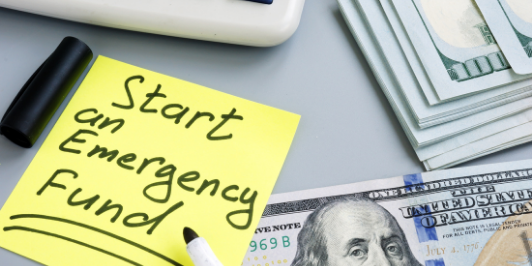When the COVID-19 pandemic first hit, many people’s emergency funds were suddenly put to the test — if the funds existed at all. Now, about a year later, and presumably with the benefit of some hindsight, you might want to reconsider your savings for a rainy day. You’ve probably heard that, to guard against an emergency, you need to save enough to cover three to six months of living costs. But this rule isn’t as straightforward as it may sound.
An emergency cushion is indeed important — and it’s certainly better to be conservative rather than cavalier when estimating your financial requirements. However, believe it or not, there may be a danger to saving too much in certain vehicles. For example, if you put away substantially more than you’ll reasonably need in a low-interest savings account, you may lose money to inflation over time. Plus, you might miss out on opportunities to invest those funds in tax-advantaged retirement accounts or other assets.
Rather than blindly following a rule of thumb, tailor your emergency savings to your financial situation. A smaller emergency fund may suffice if, for instance, your spouse has a reasonably secure job; you have relatives who can provide financial assistance in an emergency; or you have reason to believe that you’d be able to find other work quickly should you lose your job. Conversely, if you’re the sole breadwinner or you simply have a low tolerance for risk, a bigger emergency fund is likely appropriate.
Our firm can help you find the right balance.
